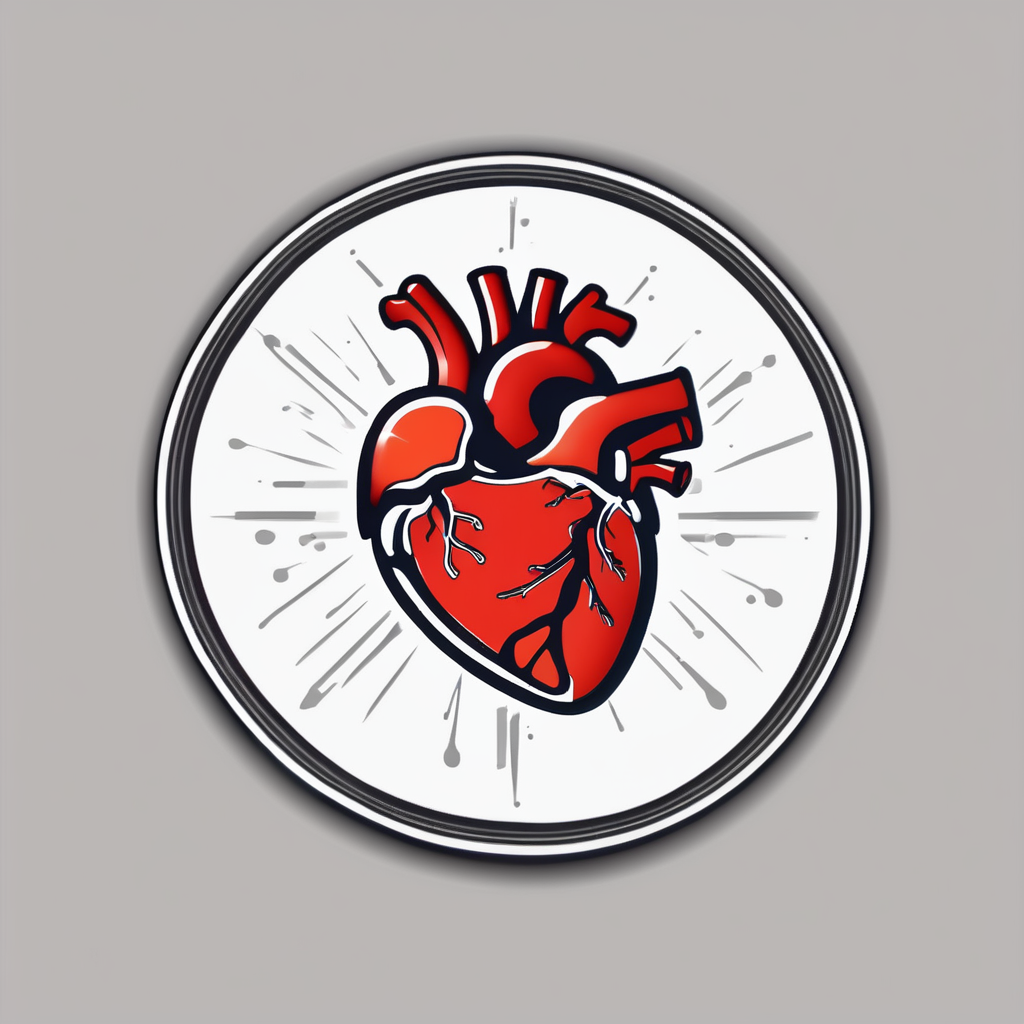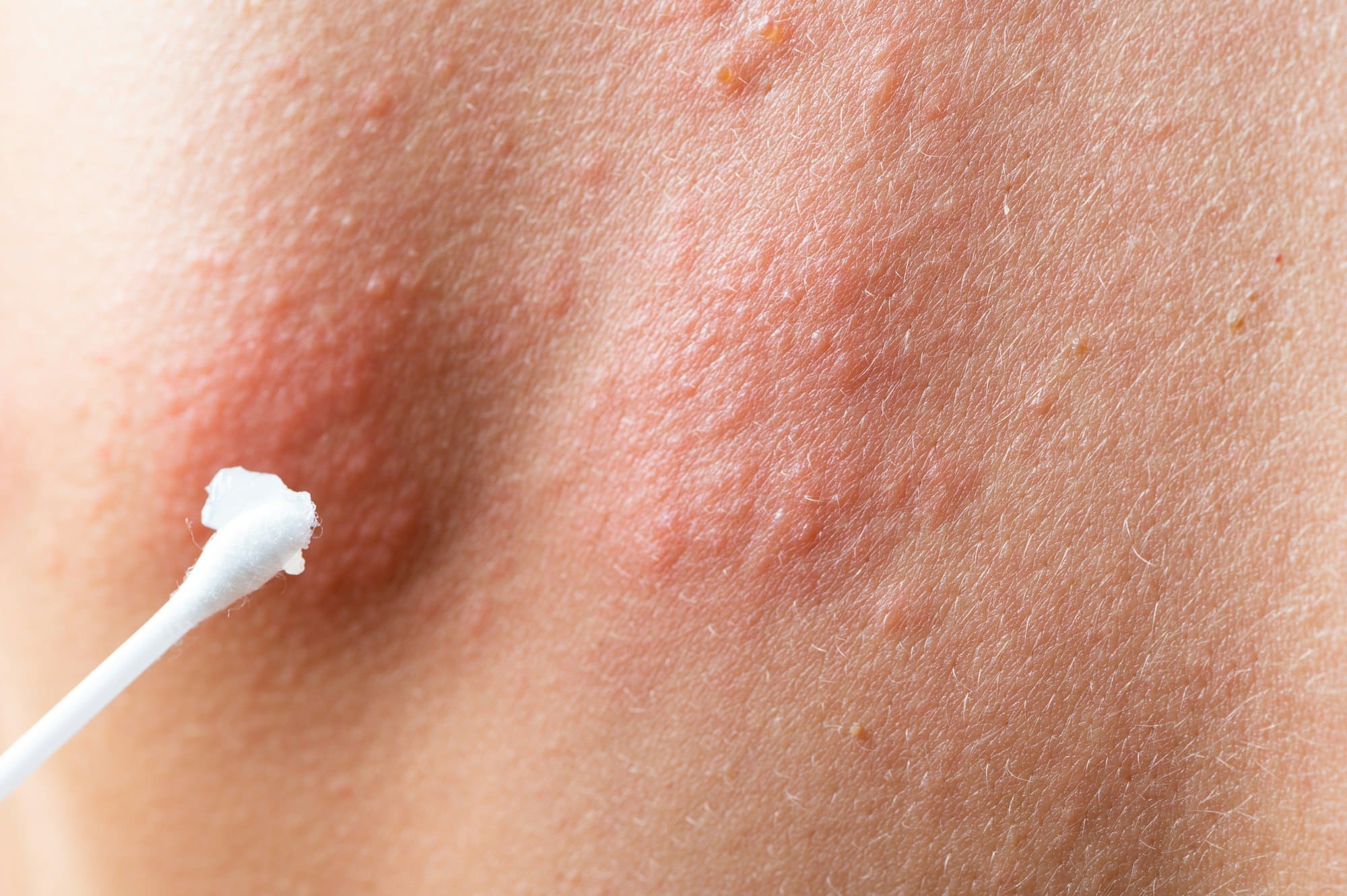Understanding the importance of a histamine-free diet is a crucial step towards better health management. Histamine, a naturally occurring compound in the body and certain foods, can trigger allergic reactions and other health concerns in some people. Now, let’s dive into the question: Which foods should be avoided in a histamine-free diet?
Understanding Histamine and Its Effects
Histamine is a chemical that your body produces as a defense mechanism. When your body detects a potential allergen or harmful substance, it releases histamine to cause inflammation and draw attention to the area. However, when histamine is consumed in high amounts through certain foods or your body doesn’t break down histamine properly, it may lead to symptoms like migraines, hives, or even digestive issues.
Also read : What Are the Long-Term Health Benefits of Swimming?
If you’re frequently experiencing these symptoms, you might have histamine intolerance. This is where a histamine-free diet comes into play. The basic premise of this diet is to limit the consumption of histamine-rich foods and beverages, reducing the amount of histamine in your body and thus, alleviating your symptoms.
Foods High in Histamine
Knowing which foods are high in histamine is essential in managing your histamine-free diet. Common foods that are rich in histamine include:
Also to discover : How to Use Guided Imagery to Improve Sleep Quality?
-
Fermented foods: These include sauerkraut, vinegar, soy sauce, kefir, yogurt, and fermented meats.
-
Cured meats: Salami, ham, sausages, and other processed or cured meats are often high in histamine.
-
Alcoholic beverages: Most alcohols, especially beer, champagne, and fermented drinks such as kombucha, are rich in histamine.
-
Aged cheeses: Aged cheeses such as cheddar, gouda, and camembert are high in histamine.
-
Fish: Histamine develops in fish as it ages, making canned or smoked fish particularly high in this compound.
Avoiding these foods can drastically reduce your histamine levels and alleviate the symptoms of histamine intolerance.
Foods That Trigger Histamine Release
Apart from foods high in histamine, there are certain foods that may trigger the release of histamine in your body. These foods don’t necessarily contain high amounts of histamine, but they can stimulate its release, causing the same uncomfortable symptoms. Such foods include:
-
Alcohol: We have already mentioned alcohol as a histamine-rich food, but it’s worth noting that it also stimulates the release of histamine.
-
Bananas and pineapples: These fruits can prompt your body to release histamine.
-
Tomatoes: Tomatoes naturally contain histamine and also stimulate its release.
-
Wheat germs: As healthy as they are, wheat germs can cause your body to release histamine.
-
Additives: Certain food additives like dyes and preservatives can trigger a histamine response.
Avoiding the foods that trigger histamine release is another essential step in managing your histamine-free diet.
Foods That Block DAO Enzymes
Diamine oxidase (DAO) is an enzyme in your body that helps breakdown histamine. Some foods can block the action of DAO, leading to an excess of histamine in the body. Therefore, knowing which foods block DAO can help you better manage your histamine intolerance.
The DAO-blocking foods include:
-
Alcohol: Alcohol is a triple threat. Not only is it high in histamine and triggers its release, but it also blocks DAO.
-
Energy drinks: These drinks can block the action of DAO in your body.
-
Black, mate, and green tea: These types of tea are known to inhibit DAO.
-
Certain fruits and vegetables: Avocados, eggplant, spinach, and tomatoes are all examples of produce that can inhibit DAO.
Being aware of these foods and limiting their intake can help you maintain a successful histamine-free diet.
Histamine-Free Diet Alternatives
While it might seem like a lot of foods have been eliminated, there are plenty of histamine-free alternatives you can enjoy. Freshly cooked meat and poultry, eggs, gluten-free grains, fresh fruits excluding strawberries, clear broths, and dairy substitutes like almond or coconut milk are all low in histamine.
Additionally, vegetables excluding tomatoes, eggplants, and spinach, and certain types of fresh fish like salmon and trout are good options. For beverages, water, herbal teas, and coffee are typically well-tolerated. However, everyone is different and these foods might not be suitable for everyone.
Remember, a histamine-free diet isn’t about restriction, but rather about finding foods that don’t trigger your symptoms. By understanding which foods should be avoided in a histamine-free diet, you can manage your symptoms more effectively. And as always, consult with a healthcare professional or dietitian before starting a new diet regimen.
Understanding Low-Histamine Alternatives
As we’ve observed, many foods that are commonly included in our daily diets are laden with histamine or promote its release. The pivotal goal when embarking on a histamine-free diet is not about restricting your choices but making conscious swaps for low-histamine alternatives.
For instance, replacing aged and processed meats with freshly cooked meats or poultry can significantly reduce the amount of dietary histamine. Swapping wheat germs and histamine-rich fruits like bananas and pineapples with fresh fruits like apples, grapes, or kiwi can help you keep your histamine levels in check.
Additionally, opt for fresh fish over canned or smoked ones, which are high in histamine. Consuming gluten-free grains instead of wheat-based products can also significantly lower your histamine intake.
In terms of beverages, while alcohol and certain types of tea block DAO and hence increase histamine levels, water, herbal teas, and coffee are generally well-tolerated.
The key to success in a histamine-free diet is to understand your body’s response to different foods and learn to make healthier swaps. Be mindful of your body’s reaction and take note of any symptoms.
Conclusion
Embarking on a histamine-free diet can be a pivotal turning point for those suffering from histamine intolerance. By understanding which foods are high in histamine, which ones trigger histamine release, and which ones inhibit DAO, we can make informed choices for our health and well-being.
Managing a histamine-free diet involves not just avoiding certain foods, but also identifying low-histamine alternatives to ensure that you can still enjoy a varied and nutritionally balanced diet.
Remember, each individual can have different levels of histamine intolerance and may react differently to various foods. It’s always advisable to consult a healthcare professional or dietitian before making drastic changes to your diet.
In conclusion, a histamine-free diet isn’t about restriction, but about adopting a healthier lifestyle and making informed food choices. With the right knowledge and understanding, managing your histamine levels and improving your health can be a completely attainable goal.

